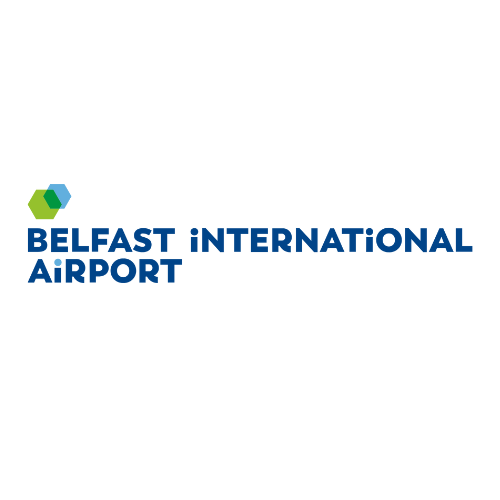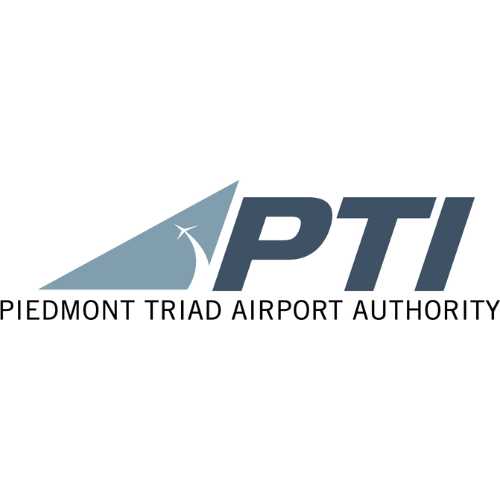There’s no denying that airports have endured turbulent times during the COVID-19 pandemic. With flights grounded globally, and countries in lockdown, dwindling traffic led to substantial economic losses of $32 billion, or 45% for airports in 2020. And while we’re starting to see the light at the end of the tunnel, there’s still a long road to recovery and a real need for more agile, diverse and future-proofed airport business models.
Michael Eggenschwiler, CEO of Hamburg Airport, reported a significant drop in passengers at the recent IAR Online Summit. “In normal years, like 2019, we had about 17.5 million passengers. Last year (2021) we were at 5.3 million passengers and the year before (2020), 4.5 million, so way off from what our normal volumes would be and also not making profits.”
Nazareno Ventola CEO and MD of Bologna Guglielmo Marconi Airport painted a similar picture. “We went from having more than 200 flights per day and more than 26,000 passengers per day to 1 flight a day and 70 passengers. It was like living in a dystopian movie.”
While passenger traffic is now on the rise, following the global vaccination rollout, the pandemic will continue to affect the industry for years to come, with projections showing passenger traffic is unlikely to return to pre-pandemic levels until at least 2024.
Airport Business Models: Time for Change
It’s not just the financial side that has taken a nosedive. There are also many other long-term effects on airports, with one more obvious being more stringent health and safety standards. Additionally, the fast-tracked adoption of digitalisation and changing passenger expectations have undoubtedly influenced the need for revised airport business models.
To survive and thrive in the ‘new normal,’ airports must be willing to adapt, diversify and invest. Knowing where to save and where to spend is critical.
Here we will share ideas and tips for adapting your airport business model, with examples and learnings from some of the top airport CEOs who recently came together to discuss building back better at the International Airport Review Online Summit.
Collaboration – it’s a team effort
If there’s one thing positive to draw from the COVID-19 pandemic is that despite ‘social distancing’, it metaphorically brought people together. This is especially true in business, where many CEOs have consciously tried to hear and learn from those working ‘on the ground,’ with real-world problems, experiences, and often solutions.
At Bologna Guglielmo Marconi Airport, they set up a scenario-based planning exercise company-wide, which involved almost a third of the entire airport staff. The purpose was to analyse and imagine how the airport could perform and operate under different circumstances.
“In engaging in this exercise, we had two purposes. One was to mobilise and motivate airport employees. We asked people to think about how they could survive and thrive in the new era of travel, which had a positive psychological effect on people. The other was much more practical and was really to assess our resilience in different scenarios and see how we could actually undertake initiatives of business improvement to be deployed in the future.”
From that, the airport took out more than 100 initiatives (short, medium and long term) and created a new strategic plan, which also incorporated sustainability and technological innovation plans for the next five years.
Other airport CEOs, such as Michael Eggenschwiler at Hamburg Airport, are taking collaboration to the next level by championing an industry-wide approach involving airlines, tech companies and other partners. At the IAR Summit, he spoke of the importance of being cross-functional.
“An airport department can’t just think of itself. The airport is an entity, and we need enhanced communication with partners with new tools and joint documentation, so everyone can see what’s happening. It’s about getting the industry to work closely with a quick and seamless exchange of data moving forward.”
Cost-cutting at the airport
Along with a more collaborative approach to adapting airport business models, airport CEOs are also looking at how they can reduce costs.
“We need to look at the costs,” said Anurag Shandiyla, Head of Airport Operations at Noida International Airport. “We have been given an opportunity to look at, and reduce, the costs that are not adding to productivity or efficiency.”
Hamburg Airport has had the advantage of a proactive, rather than reactive, approach to cost-cutting. Half a year before the COVID crisis struck, it started a cost efficiency programme, with plans to have an improvement per year of about 15 million in the bottom line. However, in light of the COVID-19 pandemic, the cost efficiency programme was adapted, with an increased target of 30 million by the end of 2023 on a turnover of 280 – 300 million euros.
For effective cost-cutting, airport decision-makers need access to accurate, real-time data analytics and insights, and that’s where solutions like Rezcomm’s full suite of Business modules can prove extremely useful.
IT and digital investment at the airport
But while there is a need for new airport business models to reduce costs, now’s not the time to cut back on IT and digital investment. Instead, it’s time to aim higher.
“Digitalisation must be one of the pillars of airport strategies for the next few years to enable us to be more flexible and more adaptive to business evolution,” said Nazareno Ventola (Bologna Guglielmo Marconi Airport).
A CEO adapting airport business models may want to consider the following digital investments:
Airport ecommerce
Stepping up investment in airport ecommerce can help airports take advantage of the increasing demand for domestic and short-haul flights. By investing in direct sales (via an airport ecommerce website), airports not only unlock new revenue but also benefit from owning their passengers and data.
What’s more, the ecommerce opportunities for airports aren’t limited to flight sales. For example, with the Rezcomm Marketplace, airports can sell everything from travel products like hotels and holidays to reservations, including parking and airport lounge, and even click and collect retail and food and beverage to increase non-aeronautical revenue and improve the passenger experience.
Contactless airport technology
For any CEO adapting airport business models, a customer-centric approach is necessary. And what better way to invest in the customer experience than by making the passenger journey through the airport more seamless? Rezcomm’s Venue modules, which include Contactless Fast Track Booking and Queueless Journeys, help cut staffing costs, improve safety with contactless e-ticketing and improve efficiency, which in turn has a positive influence on non-aeronautical revenue. We’ve discussed this in further detail in our article ‘How Airport Digital Transformation Improves Passenger Satisfaction, Efficiency and Revenues.’
Digital customer support services
Investing in a digital approach to customer support reduces costs, improves efficiency, and ticks that all-important safety box with reduced face-to-face contact. For example, with Rezcomm’s Contactless Customer Service, passengers quickly get answers to their FAQs via a support portal or automated system, live chat, or phone call with your remote airport customer service team.
Passenger analytics
While having access to passenger data is great, it’s what you do with it that counts – and that’s where analytics come in. Investing in Analytics, Business Intelligence, and Centralised Customer Information Management is crucial for getting to know your passengers, marketing the right products to the right people, and understanding what is working for your airport and what isn’t so that you can make better cost-saving and revenue-boosting decisions.
Now is the time for exploring relationships with airport tech partners like Rezcomm. And it’s not just our tech you can benefit from, but our airport data and expertise.
Customer-centricity
While CEOs are busy adapting airport business models to improve collaboration, cut costs and digitalise the airport, the passenger is at the heart of it all. After all, without the passenger, there would be no need for an airport even to exist.
Therefore, when adapting your airport business models, you must revisit any planned investments to confirm they align with post-COVID-19 passenger needs. Consider how passengers have changed, what’s important to them and what you can do to restore their confidence in visiting the airport and not only make their experience easy but enjoyable.
“With airlines, as a joint effort, we are implementing digital instruments at the airport and getting cross-functional data links to work for check-in, security and boarding. Airports need to work together, with the rest of the industry, in the interest of the passenger,” said Michael Eggenschwiler (Hamburg Airport).
Adapting to a post-covid airport world with Rezcomm
As Anurag Shandiyla (Noida International Airport) said at the IAR Summit, ‘challenges bring in more opportunities,’ and we couldn’t agree more.
Here at Rezcomm, we focus on the positives and flight path forward. So, if you’re ready to improve your airport business models and benefit from a brighter future, download our brochure and book a meeting to find out how we can make it happen.




























